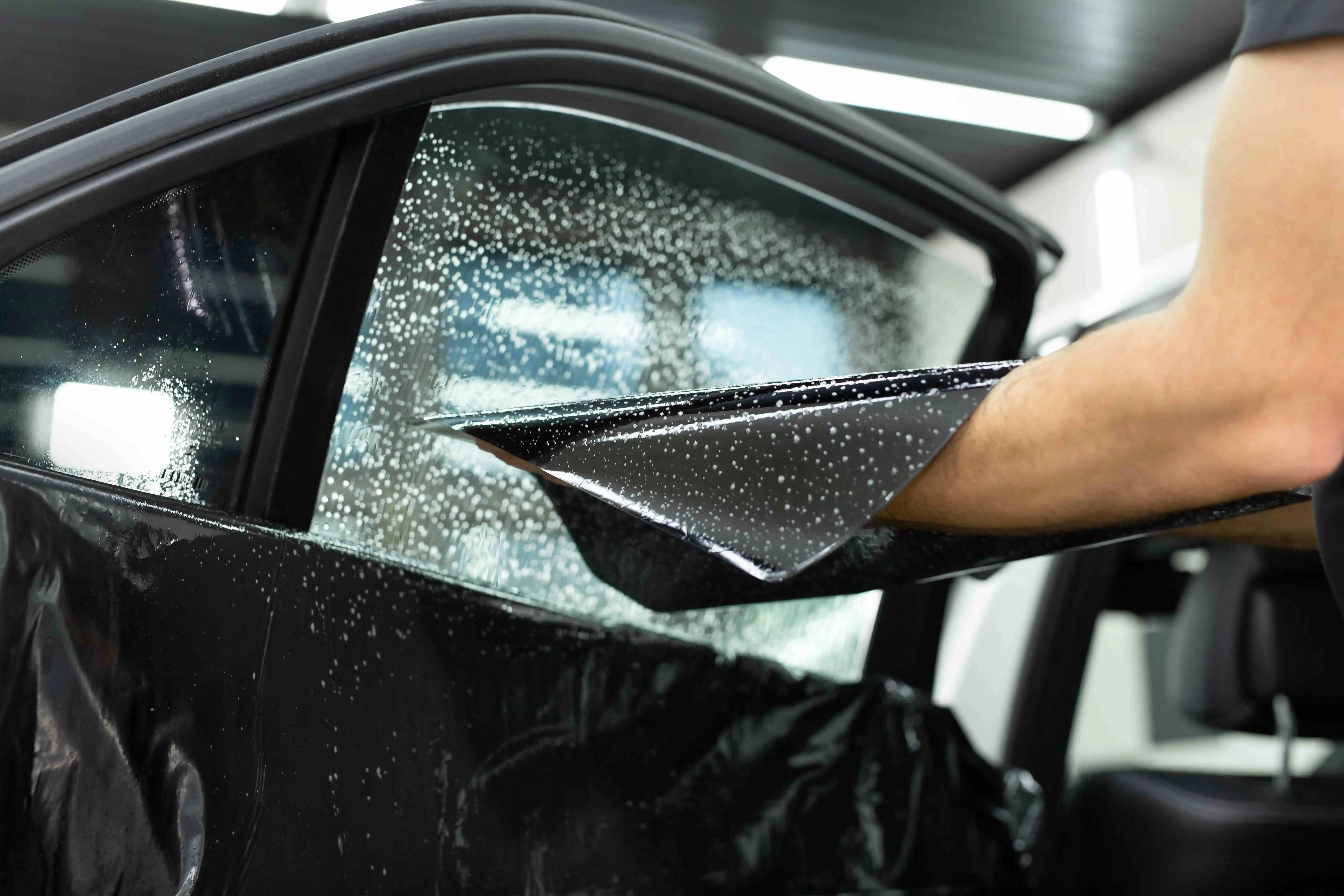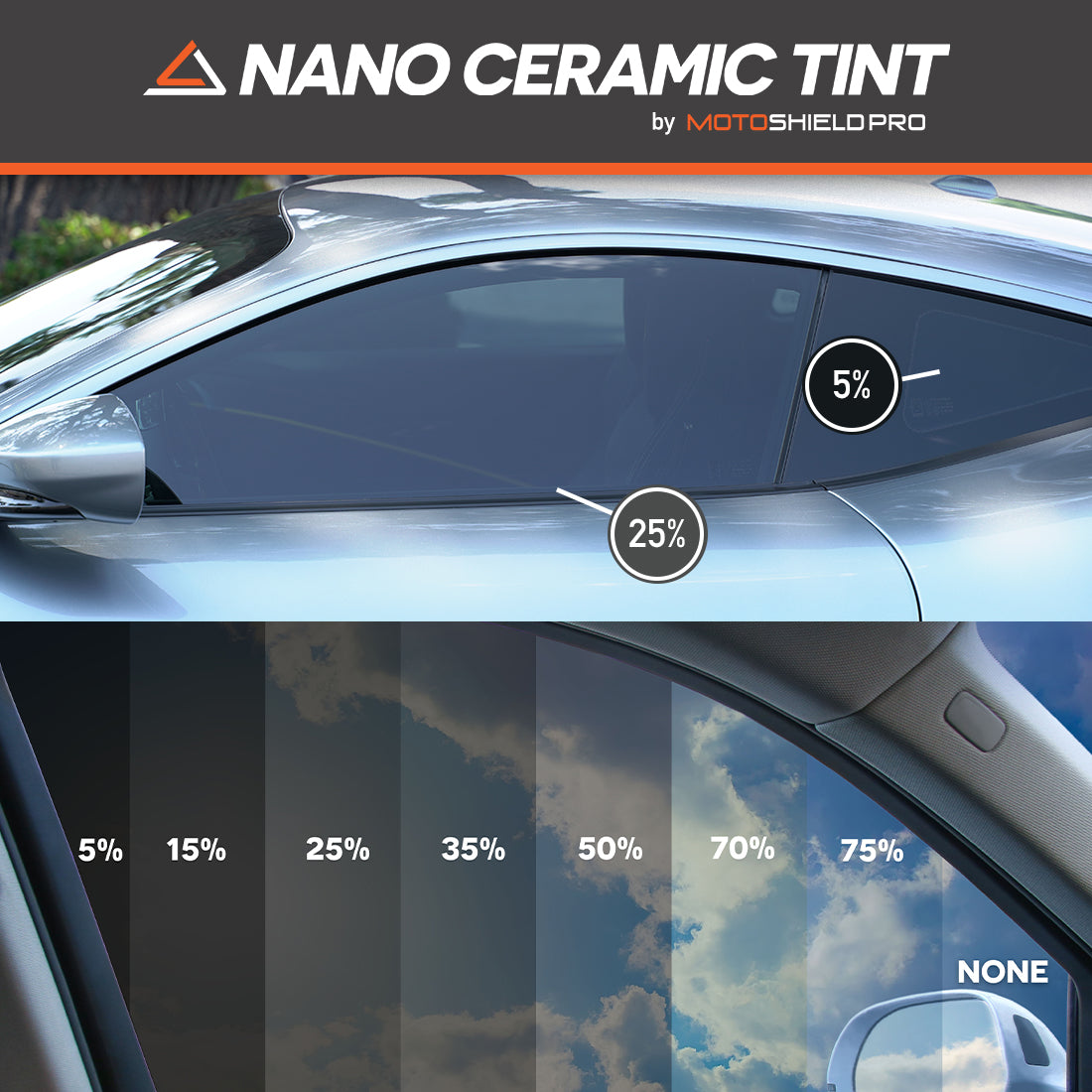Window Tinting Rules and Guidelines: What You Required to Know Before Tinting Your Cars And Truck
Prior to continuing with home window tinting for your vehicle, it is essential to acquaint yourself with the varied laws and standards that regulate this method throughout different states. These regulations determine the permissible degrees of tint darkness, frequently determined by noticeable light transmission (VLT) portions, and consist of particular terms for front windshields aimed at ensuring road safety.
Review of Window Tinting Regulations
Home window tinting laws are frequently subject to variant across various jurisdictions, showing neighborhood regulations and security factors to consider. These laws determine the acceptable levels of tint darkness and reflectiveness on vehicle windows, ensuring that chauffeurs maintain appropriate presence while likewise safeguarding versus dangerous UV rays and warm.
Most regulations identify window tinting based on the Visible Light Transmission (VLT) percentage, which indicates the amount of light that can travel through the window. Normally, lower VLT percents symbolize darker tints. Regulations typically separate between the front, side, and rear home windows, with more stringent constraints put on the front windshield to improve safety for both the chauffeur and other roadway customers.
Furthermore, some territories impose restrictions on the reflectivity of the color, preventing extreme glare that might impair exposure. Exceptions to these laws may exist for individuals with specific clinical conditions requiring extra sunlight security. Conformity with home window tinting laws is essential, as violations can cause penalties, mandatory removal of the color, and prospective boosts in insurance coverage premiums. As a result, it is crucial for lorry owners to familiarize themselves with local legislations before proceeding with window tinting installations.
State-by-State Tint Rules
Recognizing the certain window tinting laws in each state is essential for car proprietors seeking to follow the legislation. Each state in the united state has established its very own set of regulations governing window tinting, which can differ substantially. These regulations frequently dictate the allowed degrees of color darkness, the kinds of windows that can be tinted, and any type of clinical exceptions that might apply.
As an example, states like The golden state have strict constraints on color darkness for front windows, while others, such as New Mexico, might permit darker tints. Furthermore, particular states mandate specific visibility portions for different home windows, including the windscreen, front side windows, and back windows. It is critical for vehicle owners to acquaint themselves with their state's regulations to stay clear of possible fines or charges.
Additionally, some states may call for a certification sticker label to be positioned on colored home windows, suggesting conformity with state legislations. Failure to abide by these policies not just risks legal repercussions but can likewise impact security and exposure while driving. Therefore, vehicle owners must conduct extensive research or consult local authorities to guarantee full understanding and conformity with state-by-state color regulations.
Allowed Color Types and degrees
Several car proprietors may be stunned to find out that enabled tint degrees and types vary widely across various states. Each state has actually developed its own policies concerning the permissible darkness and reflectivity of home window color, frequently measured by Visible Light Transmission (VLT) portions. VLT describes the quantity of light that can pass via the colored home windows; thus, a reduced percent suggests a darker tint.

Moreover, the kinds of tint products permitted can differ, with some states restricting metallic or mirror-like surfaces. It is essential for automobile owners to familiarize themselves with their state's specific laws to ensure conformity. Non-compliance can result in penalties, obligatory removal of the tint, or other lawful repercussions, making it imperative to recognize these guidelines before continuing with installation.
Medical Exceptions for Tinting
While not all states give allowances for clinical exceptions relating to window tinting, those that do recognize the requirement for specific individuals to boost exposure and convenience as a result of clinical conditions. Various clinical conditions, such as lupus, skin cancer, and certain eye problems, can provide individuals specifically delicate to sunshine. These people might call for darker tints to safeguard themselves from unsafe UV rays and glare.

It is crucial to note that despite a medical exception, there may still be constraints on More hints the level of tint allowed. Conformity his comment is here with state legislations makes sure that individuals are both protected and within lawful restrictions. Those thinking about clinical exceptions should contact their regional Department of Electric motor Autos or equivalent authority to comprehend the treatments and demands needed to request an exception effectively.
Fines for Non-Compliance
Failing to abide by window tinting laws can cause considerable fines, which vary by state. Police are encouraged to issue citations for vehicles that do not follow the specified tinting guidelines. These charges typically include penalties, which can vary from small quantities to numerous hundred bucks, relying on the severity of the violation and the state concerned.
In some jurisdictions, repeated offenses might lead to intensifying penalties or extra fines, such as obligatory court looks. Additionally, non-compliance might require the elimination of prohibited tinting, usually at the owner's expense. In extreme instances, regular transgressors may deal with suspension of their vehicle registration until compliance is attained.
Additionally, insurance policy effects might emerge from getting multiple citations for home window tint infractions. Insurance providers may check out such violations as a sign of riskier behavior, possibly resulting in boosted costs or problem in coverage.
To stay clear of these penalties, it is critical for car proprietors to familiarize themselves with their regional window tinting regulations and guarantee that their lorry complies (Window Tinting). This proactive technique not just avoids legal implications yet also advertises road security
Verdict

Many guidelines identify home window tinting based on the Visible Light Transmission (VLT) percent, which indicates the amount of light that can pass with the home window. Compliance with home window tinting policies is essential, as infractions can result in penalties, mandatory removal of the color, and potential increases in insurance costs.Comprehending the certain window tinting laws in each state is important for lorry owners looking for to abide with the law. These policies frequently dictate the allowed levels of tint darkness, the types of home windows that can be tinted, and any kind of medical exemptions that may use.
For circumstances, states like California have strict limitations on tint darkness for front home windows, while others, such as New Mexico, may enable darker tints.